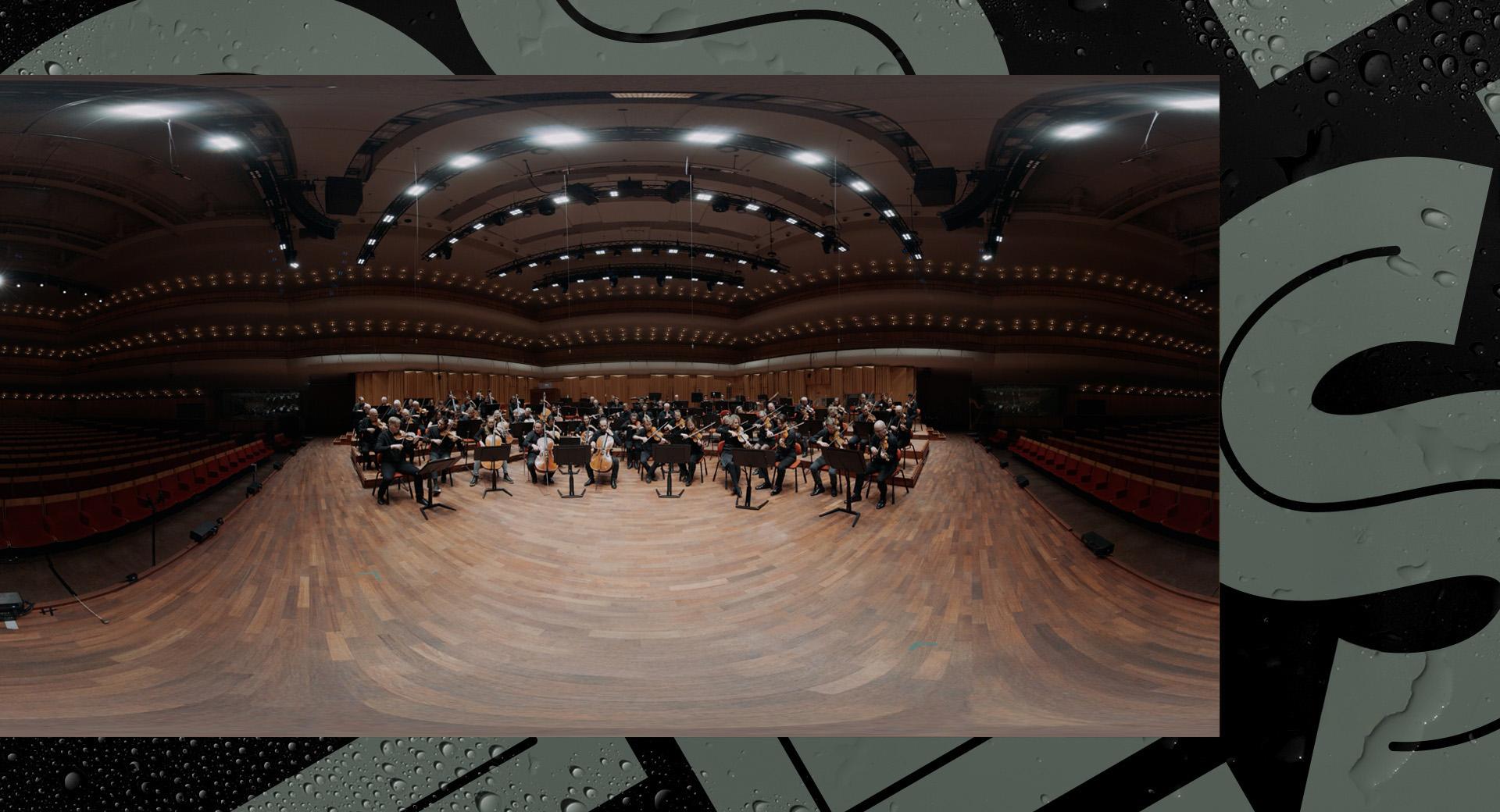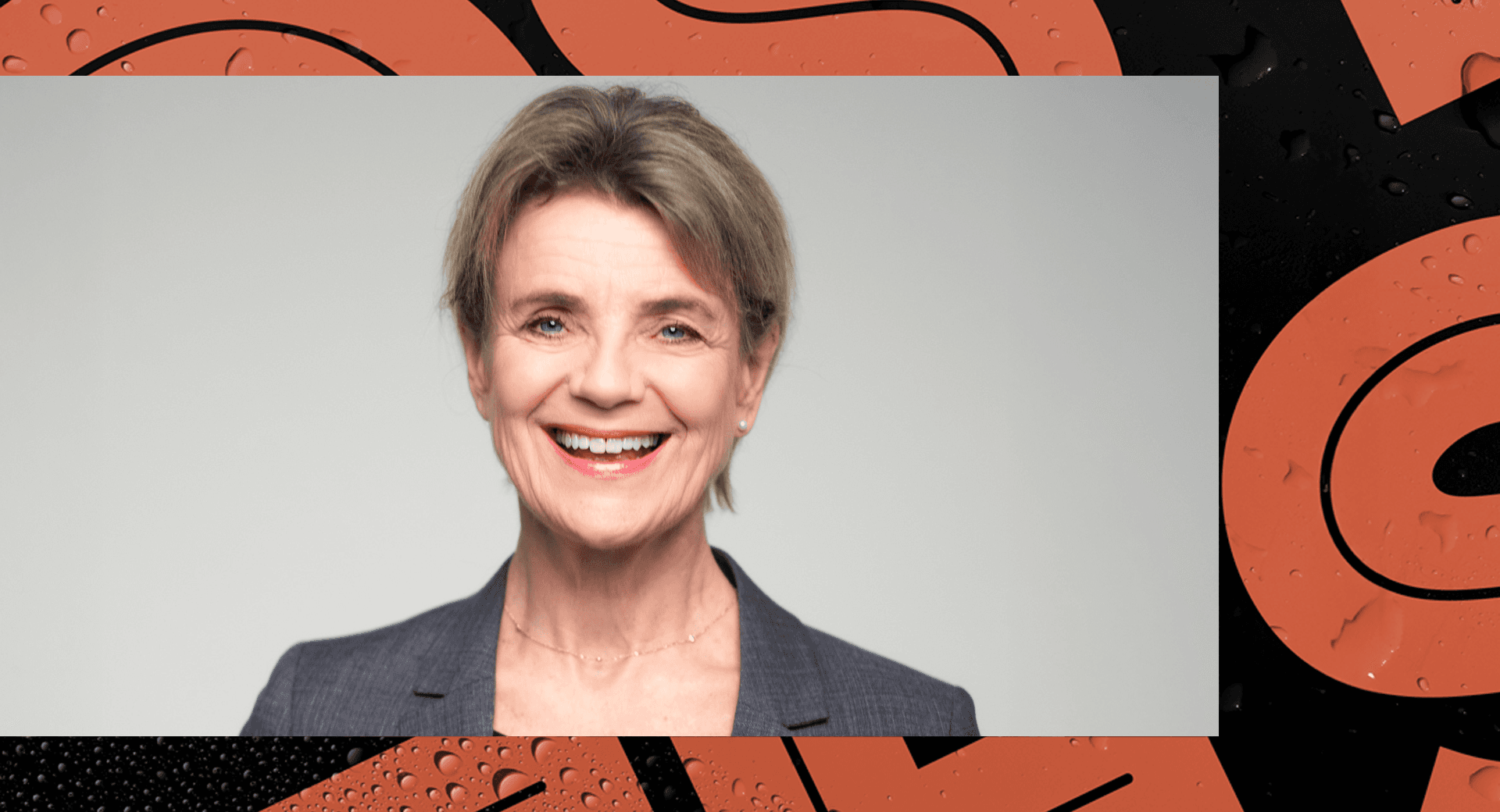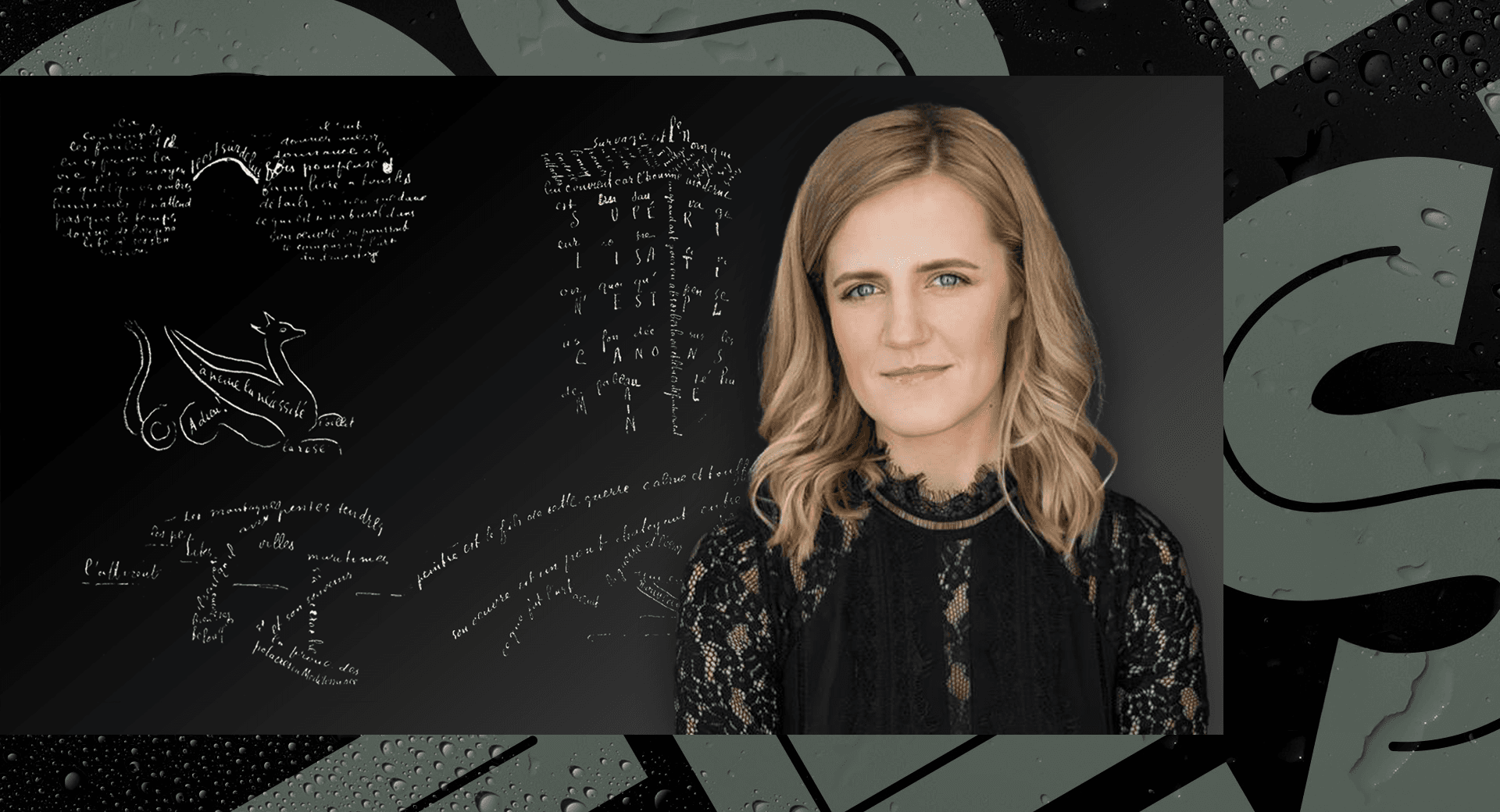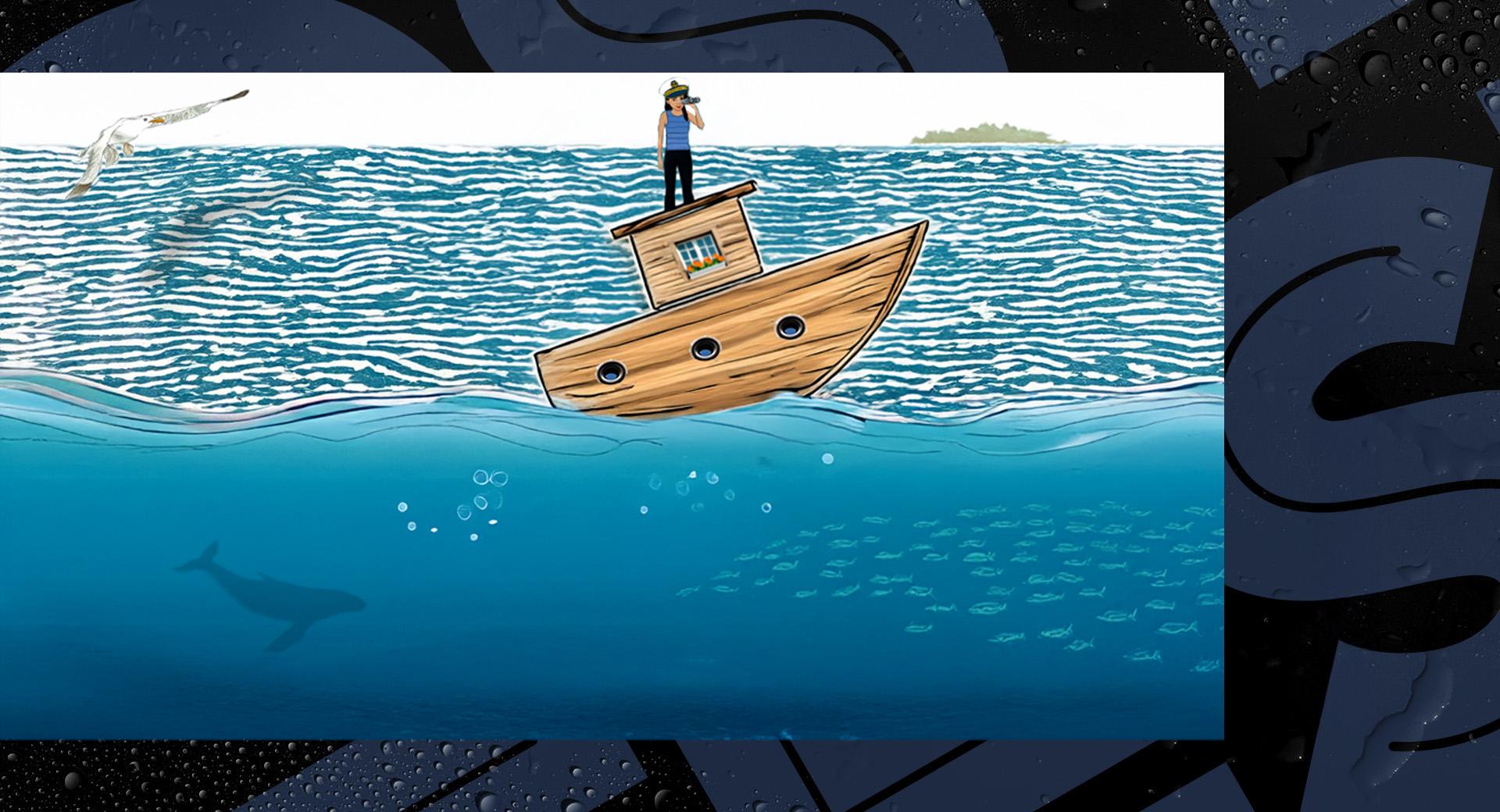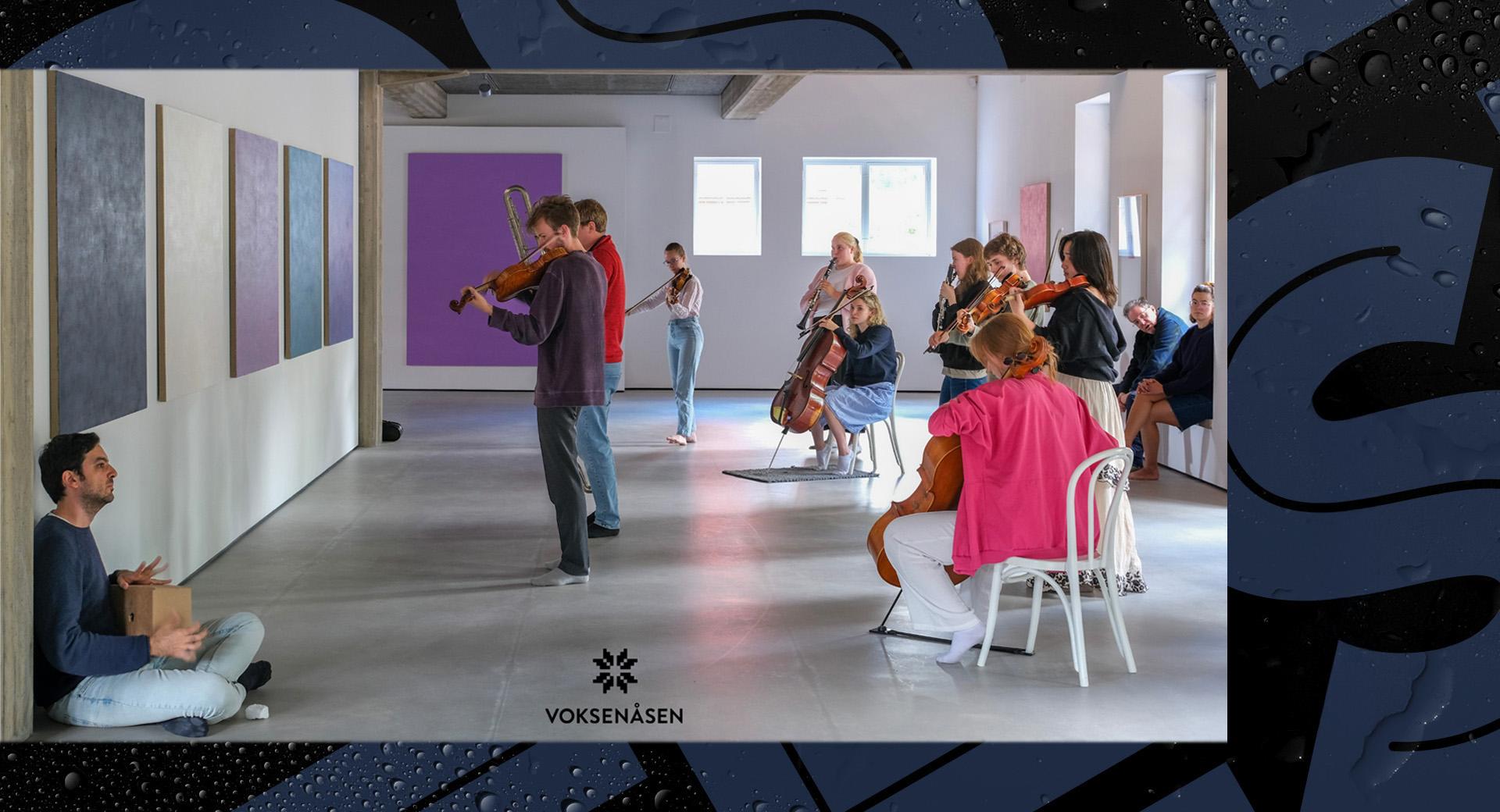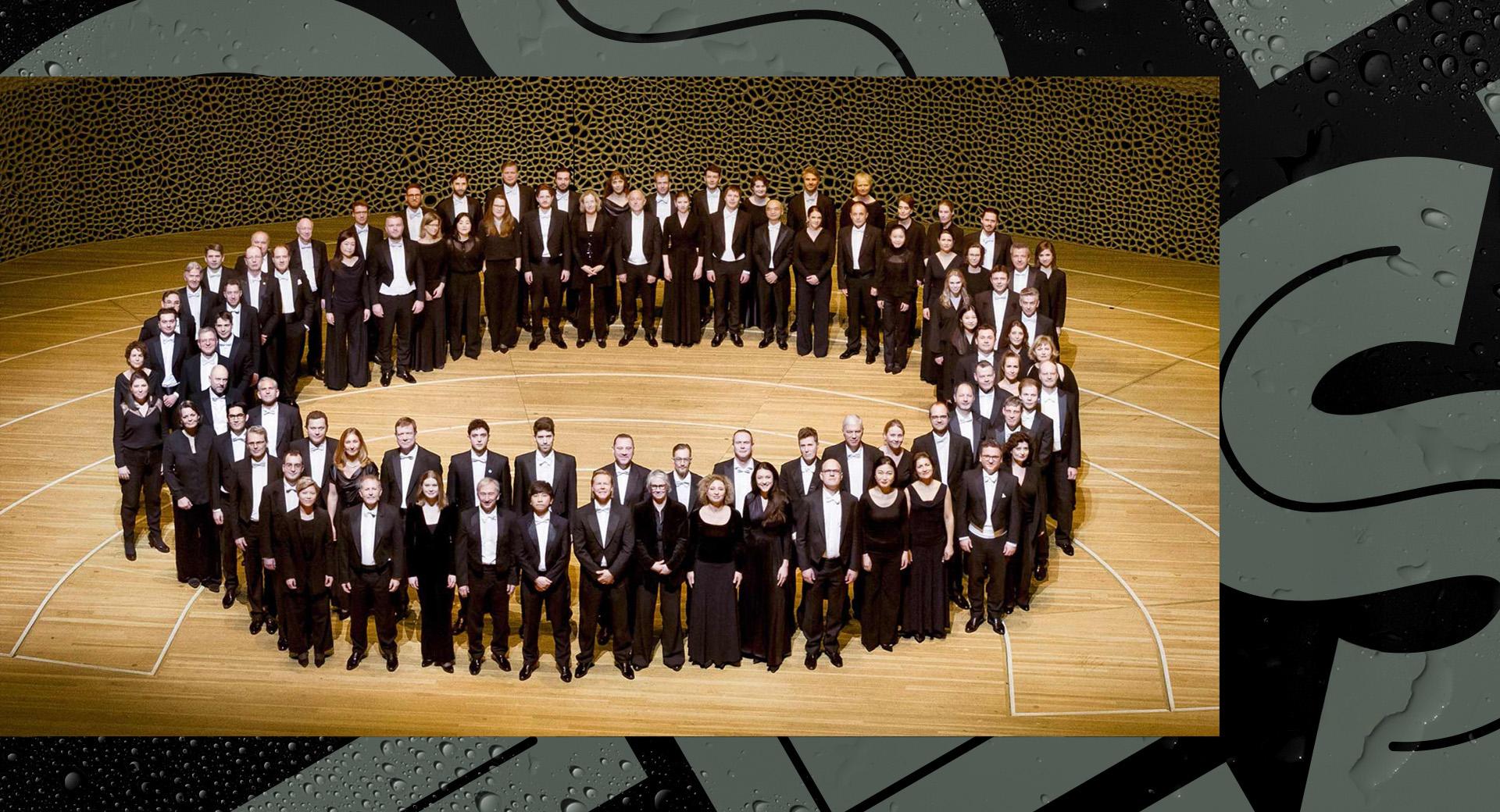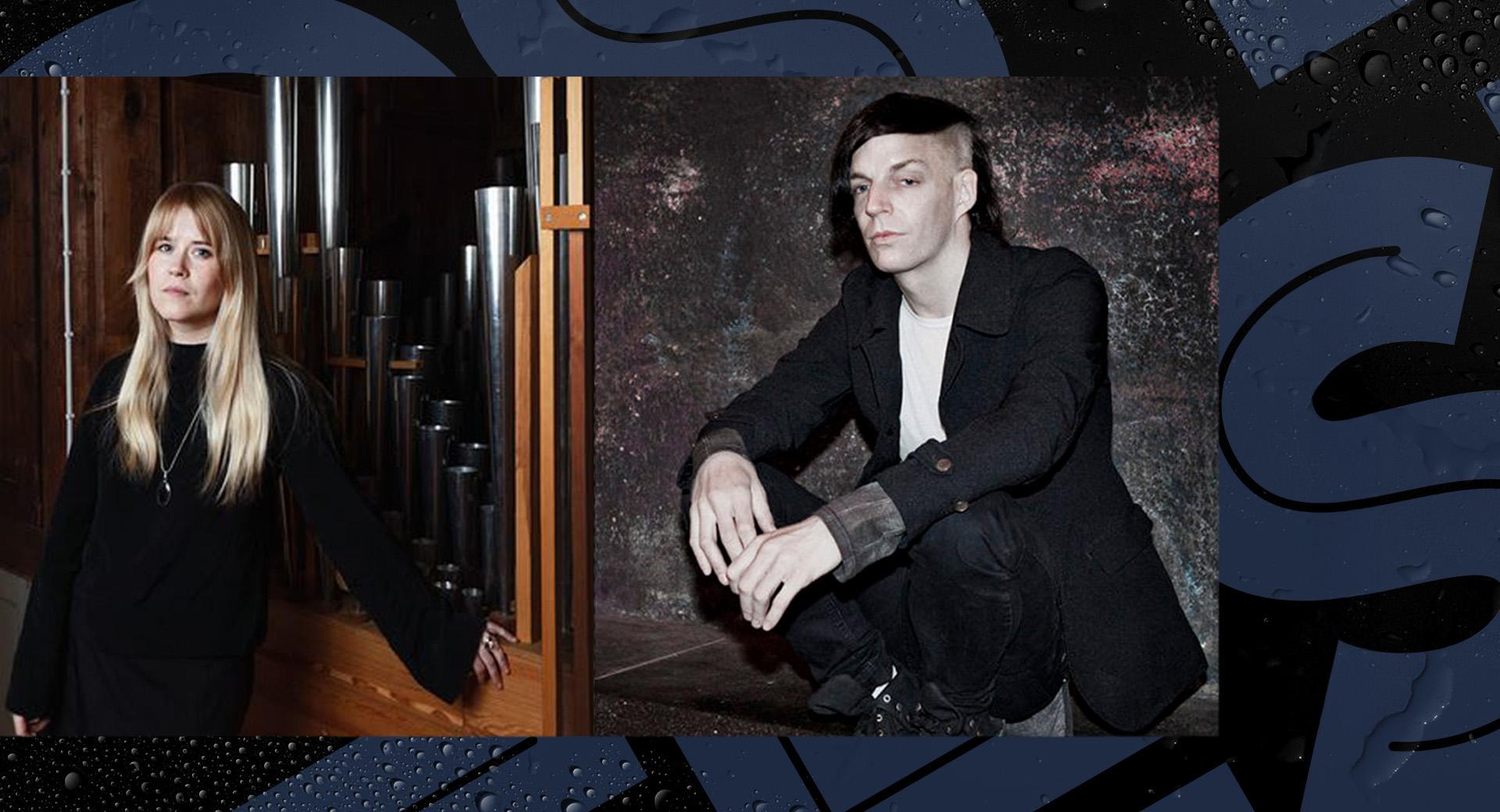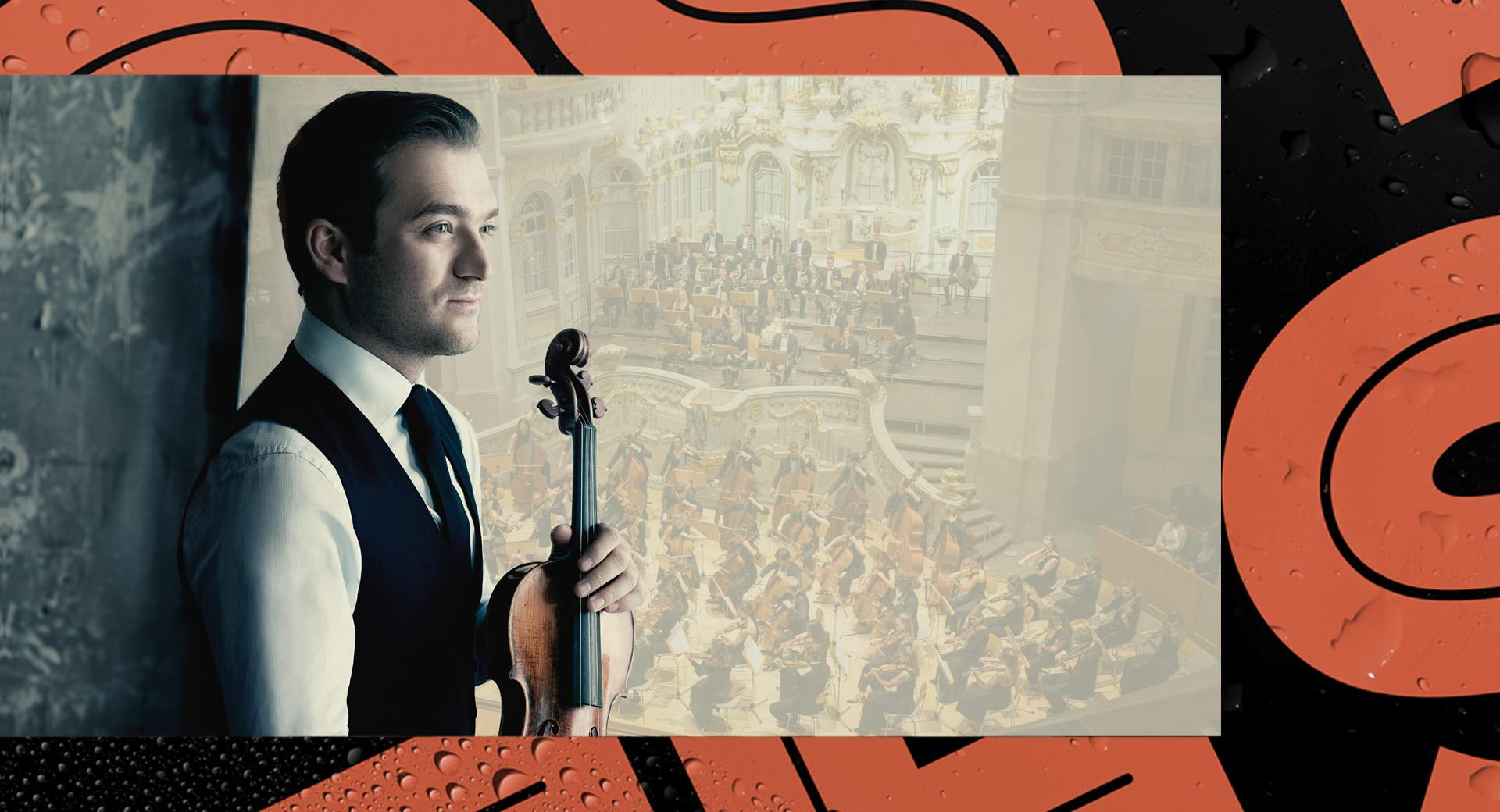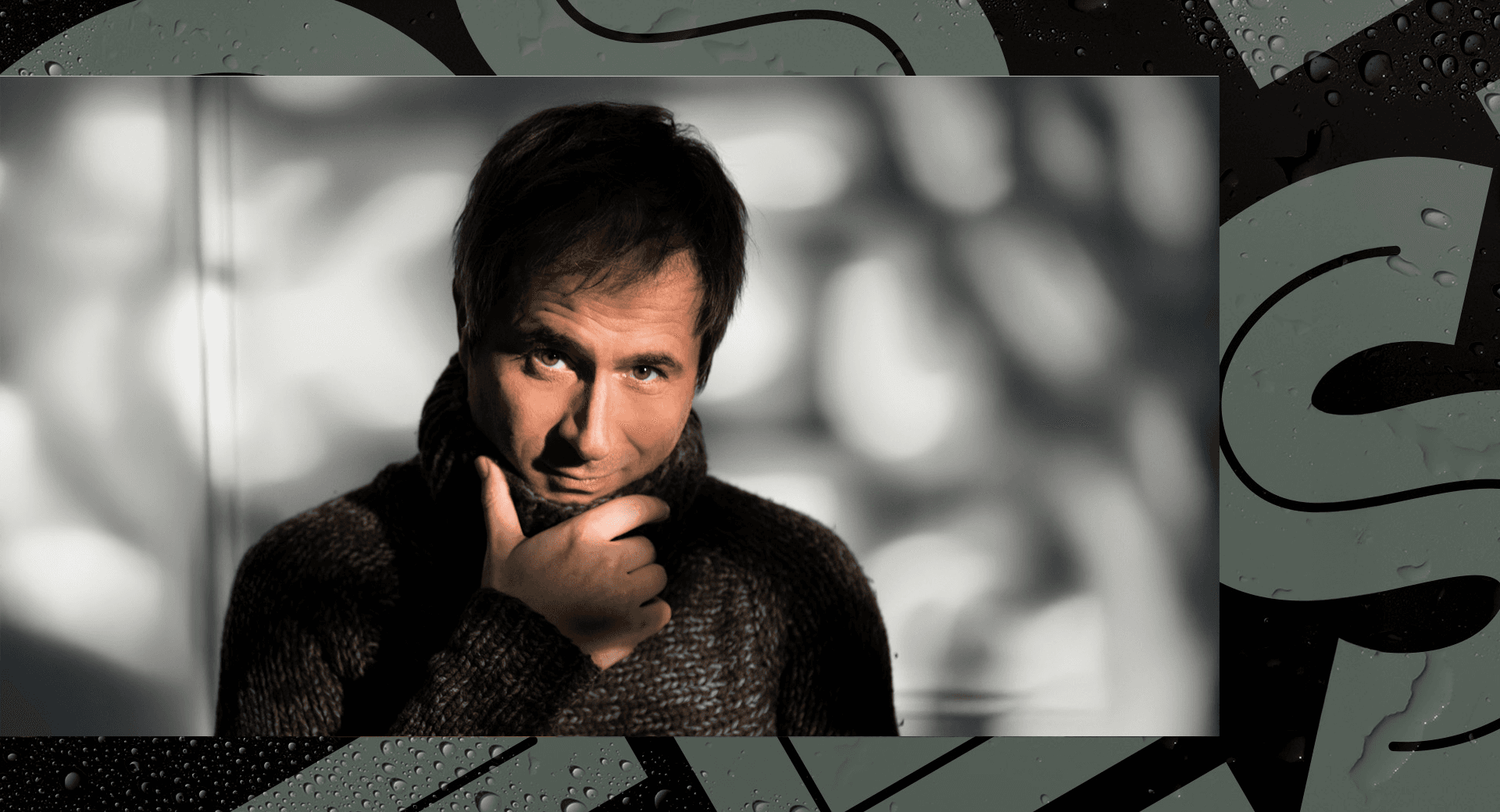Monteverdi's Vespers of 1610 with La Fonte Musica
This production is part of one or more concert series.
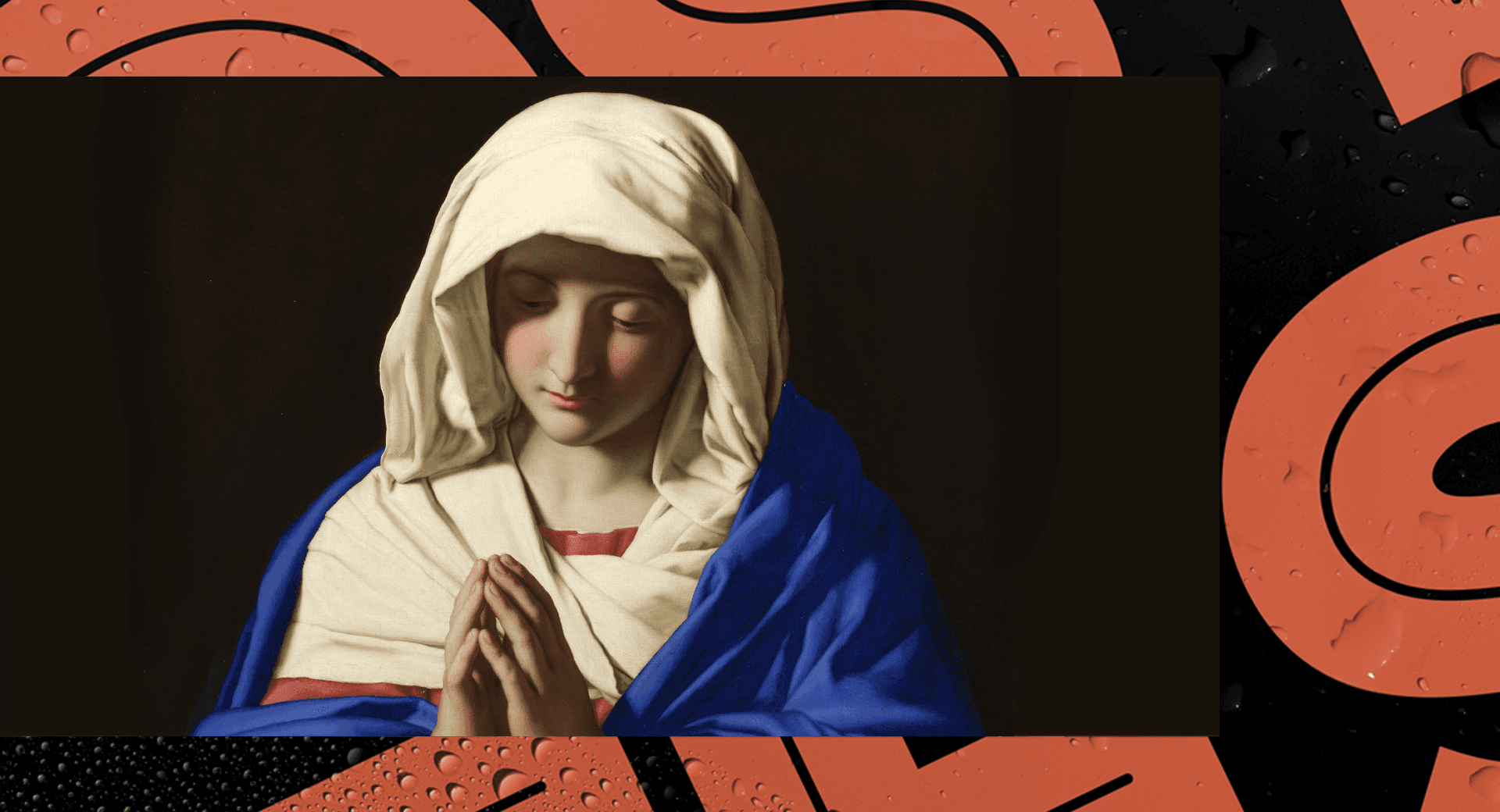
The concert is broadcast live on P2.
Ave, maris stella, Dei mater alma, atque semper Virgo, felix caeli porta
Hail, star of the sea, beloved Mother of God, ever pure virgin, blessed gate of heaven.
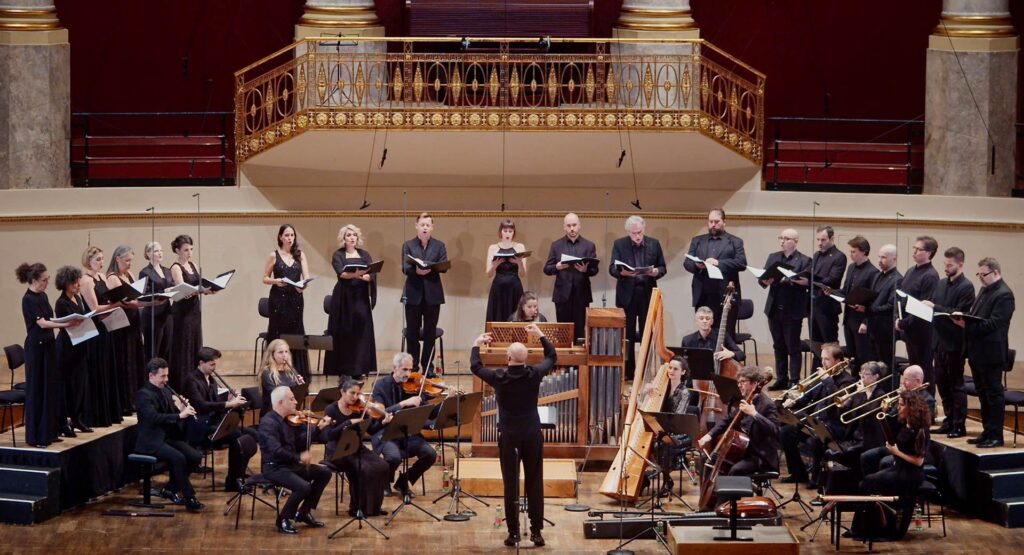
Thus begins the penultimate of the thirteen movements that make up Claudio Monteverdi’s Vespro della Beata Vergine, Vespers for the Blessed Virgin, composed by the Italian composer Claudio Monteverdi. The hymn Ave maris stella has been popular since the Middle Ages and has been used by a number of composers over the centuries, from Palestrina to Grieg and MacMillan. When Monteverdi set to music in 1610 the prayer that describes Mary as the star of the sea – stella maris – he may have had ulterior motives for his choice. The phenomenon of praying to Mary as a guiding star above the waves of stormy seas was particularly widespread in coastal cities. In Monteverdi’s case, he may have had his sights set on one particular one: Venice.
Vespro della Beata Vergine could be described as the most beautiful job application in history. Monteverdi was employed at the court of the despotic Duke Vincenzo Gonzaga in Mantua when he wrote the work. His skills were put to full use at the court, where he served as a viola player, singer and composer. When the Duke went into battle over the Alps against the Turks in 1599, Monteverdi and the other musicians were kindly allowed to accompany him. Life was tiring and by 1609 he began to look for a way out. Could the Marian Vespers be one of them?
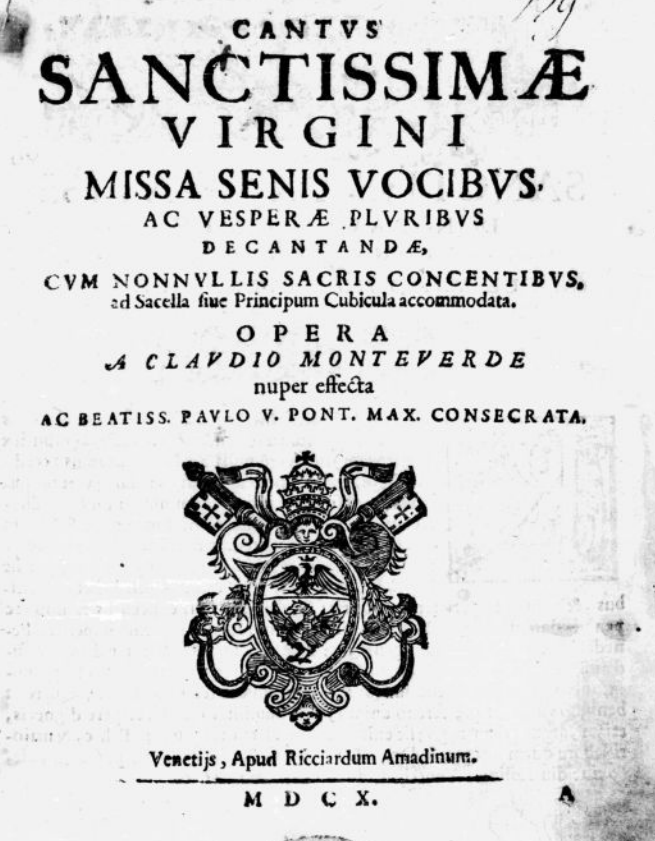
The edition of Vespers della Beata Vergine bears a flattering dedication to Pope Paul V, and Monteverdi traveled to Rome to personally present the work to the Holy See. His Vespers of Mary contains other church songs than those traditionally included in a vesper. This raises the question of whether it is not a work, but a collection of sacred pieces to be presented to the Pope. This question has divided musicologists, and there are editions of Monteverdi’s Vespers in which the movements that do not belong in a strict service have been deleted.
The courtship bore fruit. Two years after the completion of Vespers della Beata Vergine, Claudio Monteverdi was appointed as Kapellmeister at St. Mark’s Basilica in Venice. There he remained for the remaining 30 years of his life.
The sacred meets the profane
To perform this 400-year-old music, we have invited La Fonte Musica, an Italian ensemble specializing in older music, from the Middle Ages to the end of the Renaissance. It is precisely there, at the transition from Renaissance to Baroque, that the Marian Vespers was composed. The music carries with it a legacy from medieval church traditions while exploring new ideals. The Gregorian melodies are included largely unchanged as cantus firmus, while the rest of the music is woven around it.
Already in the opening movement, Domine ad adiuvandum, styles are mixed. Sacred meets profane when the fanfares sound together with the choir, the same fanfares that Monteverdi used in the overture to his opera Orfeo (1607). Opera was at the time a completely new art form, created in Venice. Monteverdi was involved in developing the new, speaking music that would be subordinate to the text and charged with emotion. This is called monody, and the solo motet in the third movement of the Vespers of Mary, Nigra sum, is a good example of tone painting where the music reinforces the meaning of the text.
In the eighth movement, Nisi Dominus, we hear examples of Venetian polychorality. Here two five-part choirs sing against each other and the Gregorian melody is emphasized by the tenors. They sing in a loop but meet in a common declaration of “Gloria patri” to emphasize the meaning of the words – Glory be to the Father and to the Son and to the Holy Spirit.
The last movement of the Vespers is also the longest and most elaborate, this entirely according to the standards of 1610. It was considered appropriate that the Magnificat – Mary’s praise – should be given a magnificent musical costume. “All instruments and voices, and it shall be sung strongly and played strongly” are Monteverdi’s instructions before the closing lines for the seven-part choir. In canon, everyone joins in a half-minute long Amen noise.
Read more about this year's festival
This year’s edition of the Baltic Sea Festival offers magnificent concerts and exciting discussions focusing on nature, creativity, collaboration, and music. Read more about the festival.
